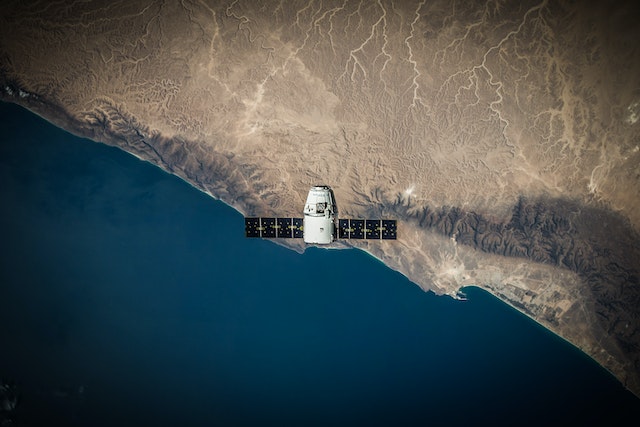A forecasting service for water quality, with implications for human health, aquaculture, the environment and recreation, has been launched by Australia’s national science agency.
The CSIRO’s AquaWatch Australia project seeks to deliver a world-first ground-to-space water quality monitoring system providing near real-time updates and predictive forecasting using an extensive network of satellites and ground-based water sensors.
It will support better water quality management and offer an early warning of issues such as toxic algal blooms and blackwater events.
The system will also increase the resilience of Australian communities and improve outcomes for the environment after disasters such as bushfires and floods.
The CSIRO is working with foundation partner SmartSat CRC, with an initial co-investment of $83 million, to design and develop AquaWatch.
CSIRO chief executive Larry Marshall said water was one of the most important and vital resources in the world.
“Imagine taking your family to the local swimming spot and being able to open your phone and check the water quality before they dive in,” he said.
“Now imagine the impact of this if you were an environment manager, able to receive advance warning of the oxygen-depleted blackwater events often responsible for mass fish kills.
“Or an aquaculture farmer able to plan ahead for an impending algal bloom.”
Dr Marshall said in other countries where people still faced the risk of unsafe water for basic needs like drinking and sanitation, such a service could be a “game-changer”.
AquaWatch will extend from rivers to coasts, with the ability to monitor bays, coastal wetlands, aquaculture farming, mangrove forests and coral reefs, including the Great Barrier Reef.
Data from sensors in the water and on the satellites will be integrated at a central data hub where the CSIRO’s data analysis and artificial intelligence systems can provide forecasts a few days ahead.
AquaWatch has six pilot sites around the country including one monitoring toxic blue-green algae blooms at Lake Tuggeranong in Canberra and another focused on how sediment flow from the Fitzroy River out to the Great Barrier Reef affects water quality.
Additional pilot projects overseas will demonstrate how AquaWatch can be used to monitor water quality for drinking, sanitation, species conservation, hydro-electricity and carbon sequestration in mangrove forests.
AquaWatch Mission lead Alex Held said Australia had some water quality challenges including toxic algal blooms and degradation caused by extreme events such cyclones, bushfires and floods.
“With AquaWatch, we’re aiming to provide forecasts of water quality two-three days into the future,” Dr Held said.
“It will be a sort of weather forecast for water, like the weather app on your phone.
“By 2030, our aim is that all Australians will have access to real-time information about the water quality at their favourite spots, as well as an early warning system for any potential water quality issues.”
Tim Dornin
(Australian Associated Press)





